What’s a Milligram?
When working with students on measurement topics it soon becomes evident that many students have no real understanding of what some units of measurement look and feel like.
Recently I have heard students call a centimetre an inch. I have also heard that a new kitten eats 5 kilos of cat food in a day. Conservation and visualisation of measurement is often underdeveloped (even in some adults).
I plan to go through my rather large library of children’s maths picture books to really explore their potential and develop lessons around them. With this in mind, I randomly pulled The Big Countdown: 30 Million Different Insects in the Rainforest off the shelf and flicked through it.
I was attracted by the Poison Dart frog page and began to read … more about that soon.
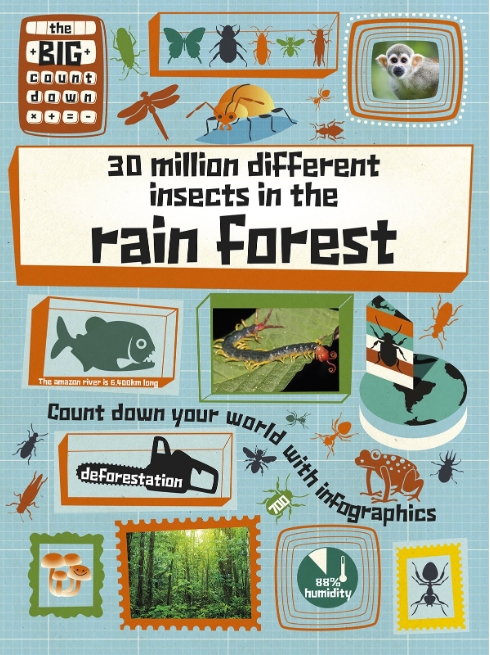
“What is a milligram? Actually, what is a gram?“
I remember at University learning about centicubes and being told that a centicube has a volume of one centimetre cubed and a mass of one gram. I was not particularly interested or inspired at that time and certainly didn’t have any ‘aha’ moments.
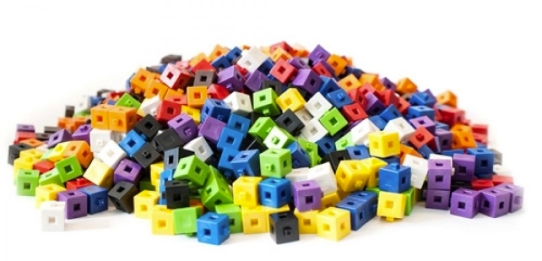
‘Aha’ moments are the moments when learning becomes sticky. For instance, I had an ‘aha’ moment about grams and how to help students also have that ‘aha’ moment when I was told that an M&M has a mass of one gram, that is unless it’s one of the occasional misshapen ones.
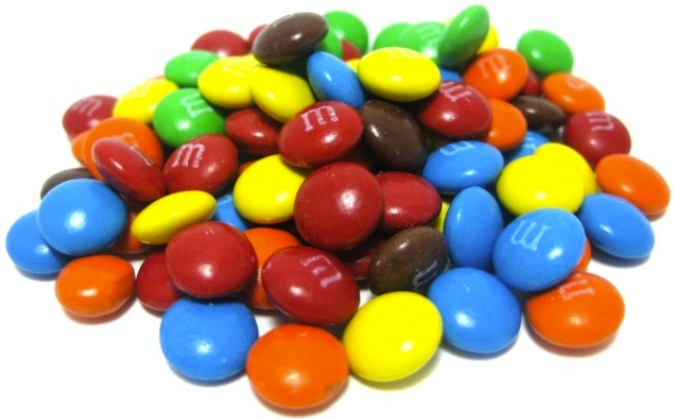
Now I could connect certain everyday ideas to something I am really quite fond of and now when I see a small packet of 25 gm of M&Ms I know to expect 25 of the little beauties in the box.
So what is a milligram ? How can that be made sticky?
The Big Countdown helps with that. On the page about Poison Dart Frogs there are some fascinating and gruesome facts as you can see below:
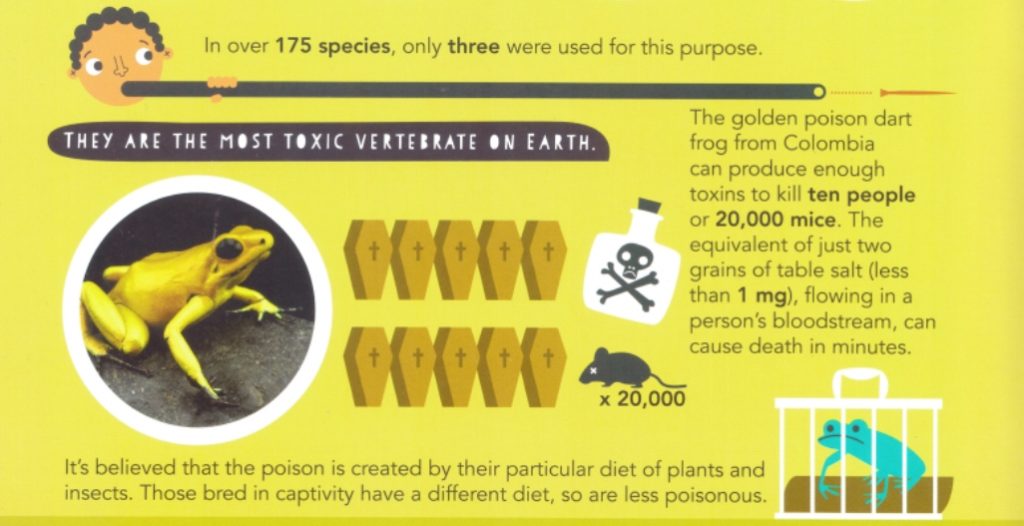
Knowing that one milligram of poison is about 2 grains of table salt and can cause death in a person in minutes is quite shocking. The shock factor can also cause sticky ‘aha’ moments and strong visual images.
Interpreting the infographic requires the reader to use scale, one coffin to an adult or ‘how many mice’.
Still on the same double page spread we can also develop ideas about centimetres as we compare different frog lengths to parts of the hand. I really want to measure and see if the frog looks about the same in my hand.
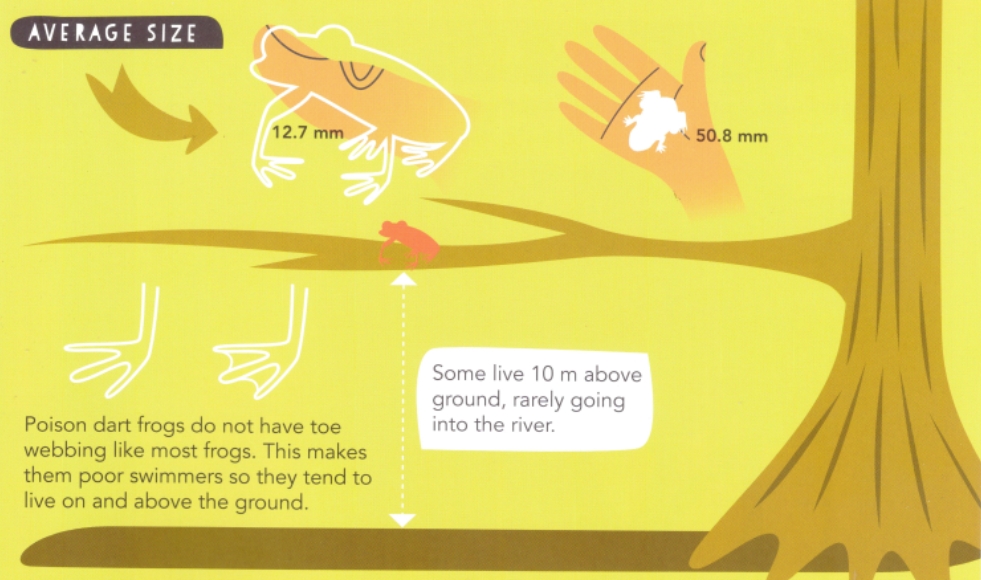
There is so much maths to explore and mathematical relationships and comparisons to be found that really to the book justice I would use and explore only one page or a part of a page in a lesson.
Do not rush the book.
The closing line is also something to explore. For some students, connecting the fact that 33 times is actually 11 times as long as 3, (30 and 3 more) will be an important place value connection to actually, draw, visualise and talk about.
The Final Word
The Big Countdown is actually a very important book – it is about the count down to the end of many endangered species living in our rainforests. It is well worth having in the classroom, and of course every page applies important maths concepts.
Inexpensive, ideas packed measurement resources here: 1, 2 and 3.
